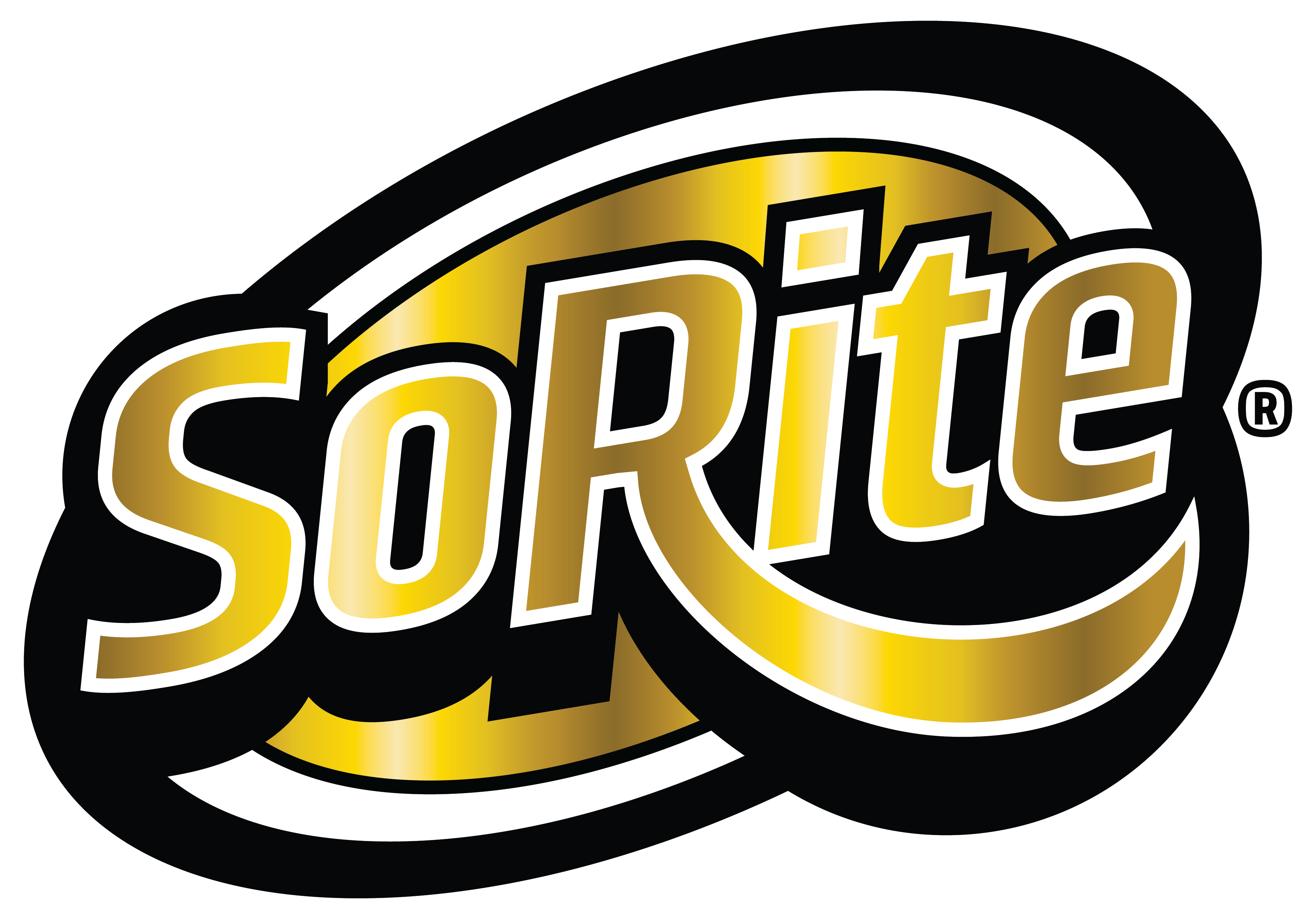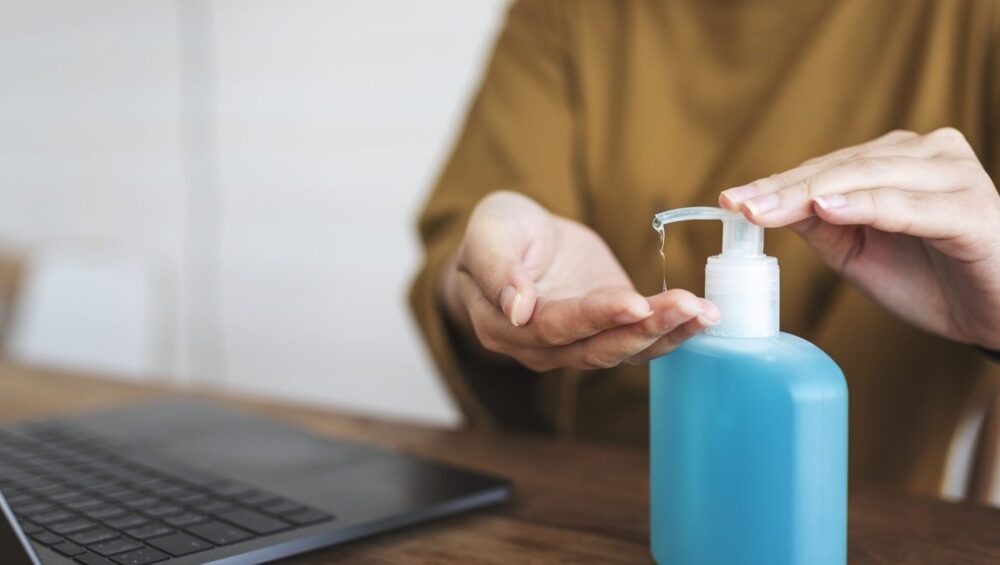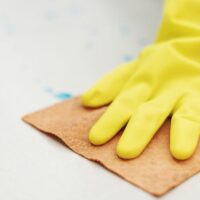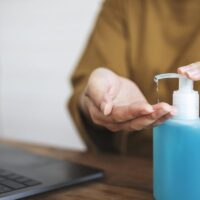 by Gus Scannapieco, Certified Clinically Clean® Specialist
by Gus Scannapieco, Certified Clinically Clean® Specialist
Hand sanitizers provide a convenient alternative to hand washing when soap and water is not available. They are effective against bacteria at 99.9% and they also kill some, but not all viruses.
We’ve discussed kill logs before on DisinfecTips, and while 99.9% seems like a lot because it’s almost 100%, that’s not how kill logs work. A kill log of 99.999% is much more effective against viruses and bacteria.
Soap and Water to the Rescue
According to the Centers for Disease Control and Prevention plain soap and running water is one of the most important steps consumers can take to avoid getting sick and to prevent spreading infections to others. If soap and water are not available, the CDC recommends using an alcohol-based hand sanitizer that contains at least 60 percent ethyl alcohol or 70 percent isopropyl alcohol.
Do hand sanitizers kill coronavirus?
Hand sanitizer can help protect you from coronavirus, but hand washing with soap and water for at least 20 seconds is as effective, and better for you. Soap is safer than alcohol. Both soap and hand sanitizers however are effective against coronaviruses because coronaviruses are enveloped viruses.
Enveloped viruses have an outer membrane that can be punctured by scrubbing with soap and water or using a hand sanitizer with 60 percent or more of alcohol. Scrubbing with either cause these pathogens to lose their structure and stop infecting.
As with all hand sanitizers, you have to use it correctly for it to be effective.
How To Use Hand Sanitizers Correctly
Many people just dab a little hand sanitizer on their hands, rub for a second, and go on their way. But that’s not the correct way to use hand sanitizers. Instead, the CDC specifically recommends covering your hands in sanitizer and rubbing them together until they’re dry, which will likely take about 20 seconds. Read the label to determine how much hand sanitizer to apply.
You’ll also want to make sure you’re using an alcohol-based hand sanitizer that is between 60 to 95% alcohol. These products usually contain ethyl alcohol (ethanol) and isopropyl alcohol.
There have also been questions about whether to use products labeled antibacterial or antimicrobial. The main difference between the two is the types of microorganisms they act on. Antibacterial products prevent the development of bacteria, but antimicrobial agents like alcohol-based hand sanitizers prevent the spread of bacteria, fungi, and some, but not all, viruses.
Hand sanitizers are not effective against norovirus or Clostridioides difficile (C. diff). Soap and water do a better job at killing these germs.
In addition, many studies show that hand sanitizers do not work as well if your hands are heavily soiled or greasy. And, studies are ongoing about whether or not sanitizers can remove harmful chemicals from your hands.
Residue Can Trap Bacteria
If you’re in a situation where you’ve used hand sanitizer several times in a short period and you notice a build-up or film on your hands, wash your hands immediately. Hand sanitizers can create a film on your hands that harbor germs beneath the film.
Ongoing Research
In April of 2019, the U.S. Food and Drug Administration (FDA) issued a final rule on the safety and effectiveness of hand sanitizers. There were 28 ingredients including triclosan and benzethonium chloride that were deemed not eligible for use in consumer antiseptic rubs (hand sanitizers). The report also mentioned needing more data on three other active ingredients including ethyl alcohol to help the agency ensure these products are safe for regular use.
The FDA does not provide approval of any hand sanitizers however the FDA does provide a list of hand sanitizers that you should not use. The most recent update contains a list of hand sanitizerscoming from Mexico that were labeled to contain ethyl alcohol, but were found to contain metha





